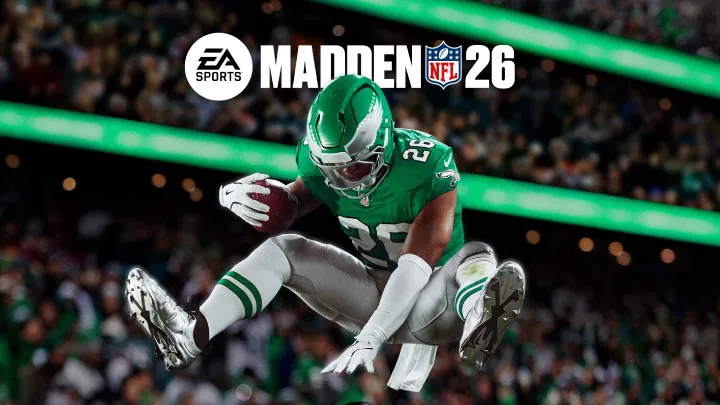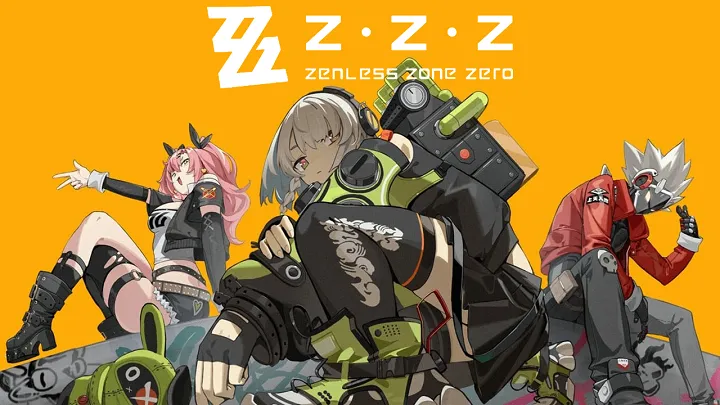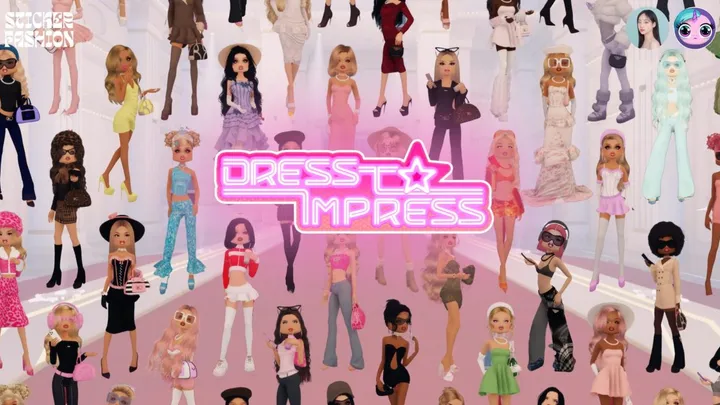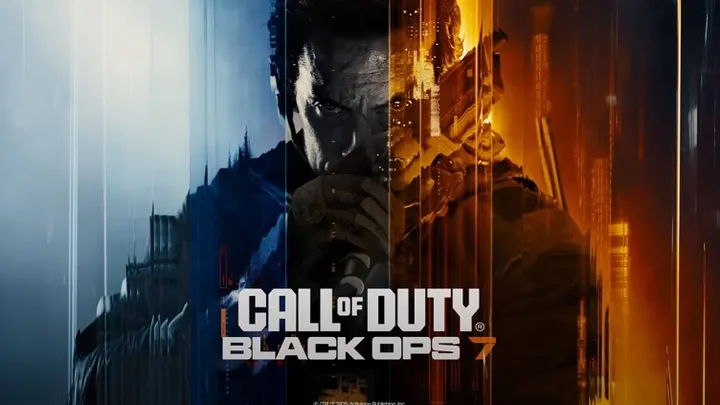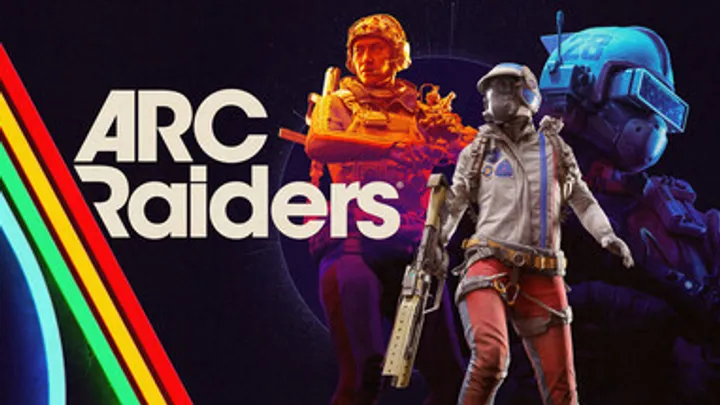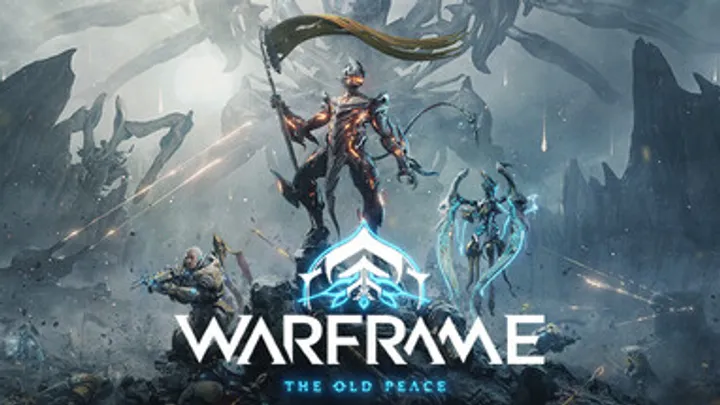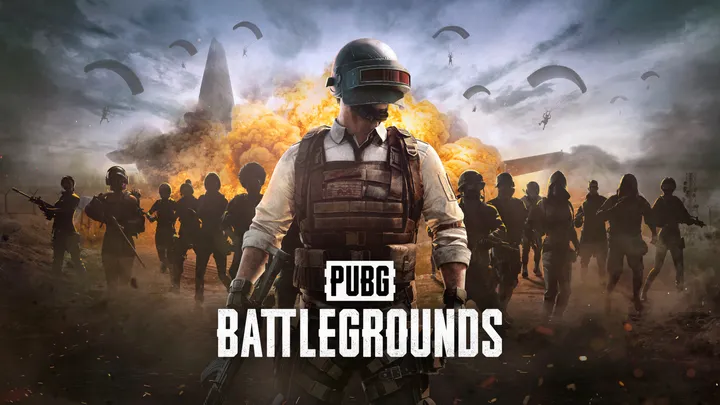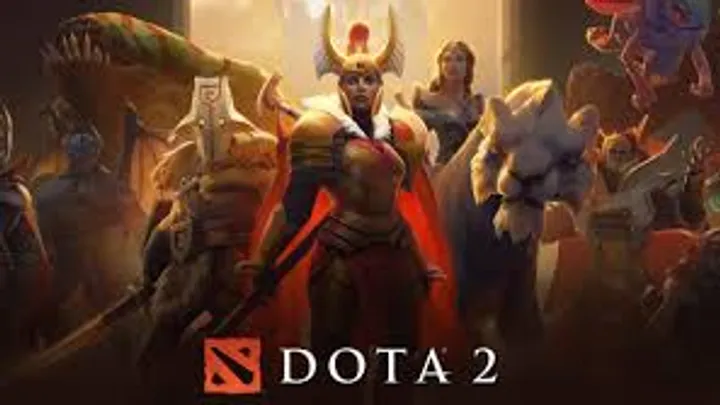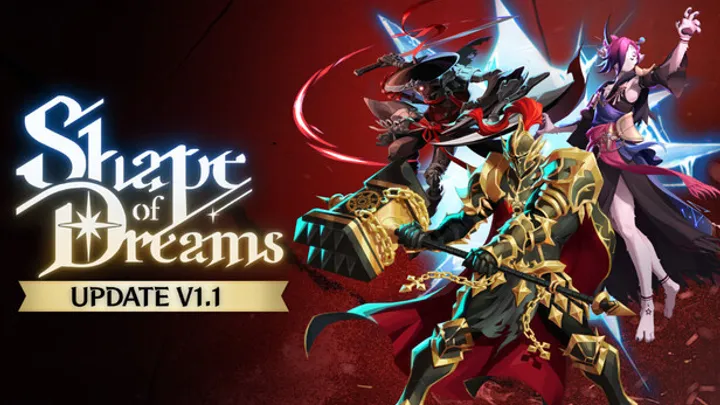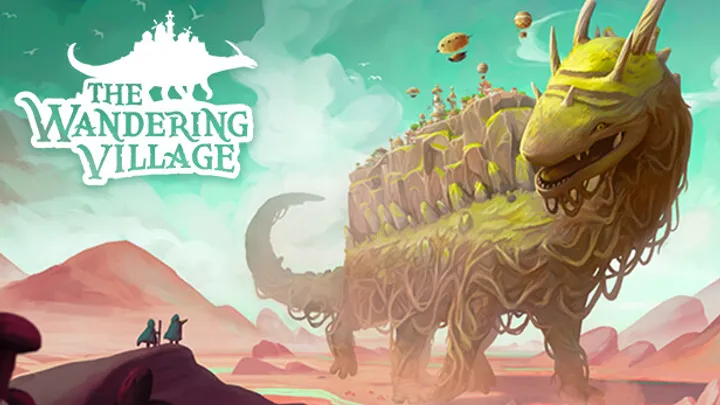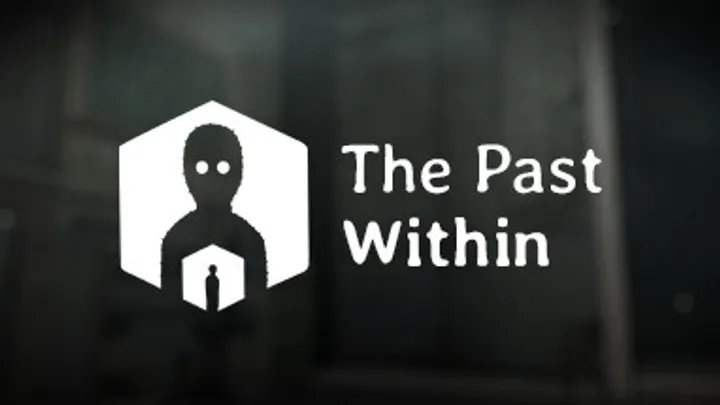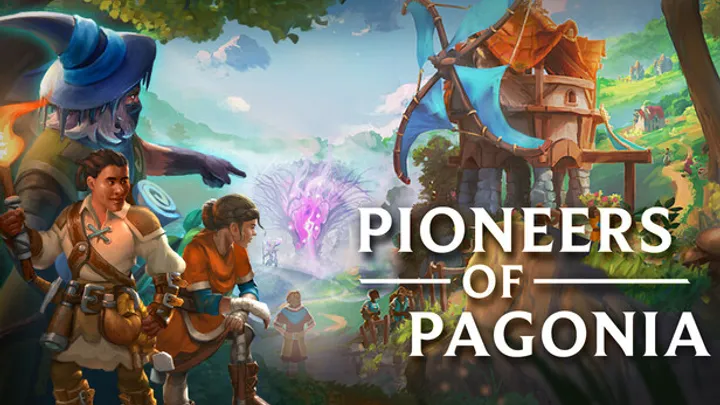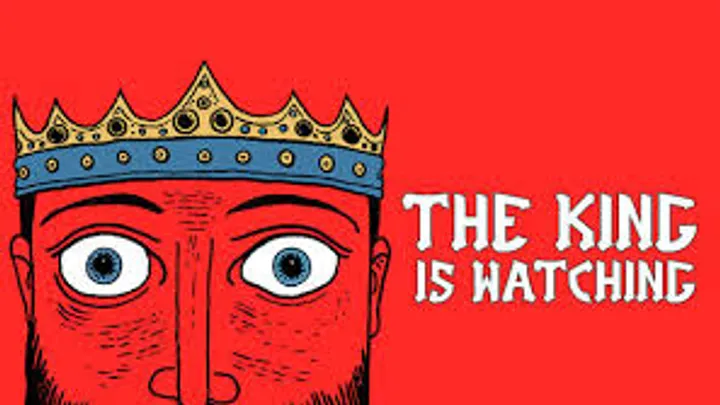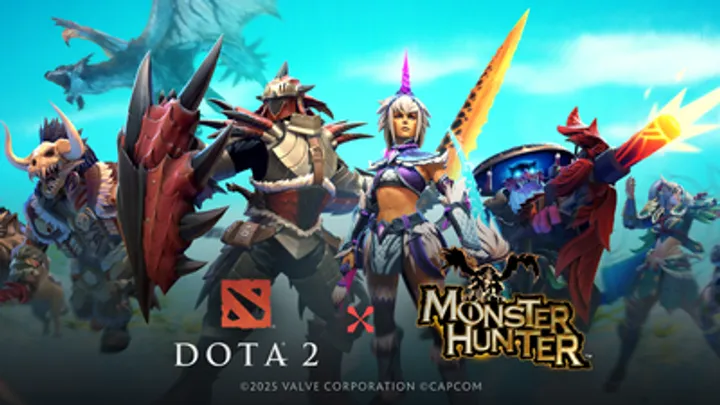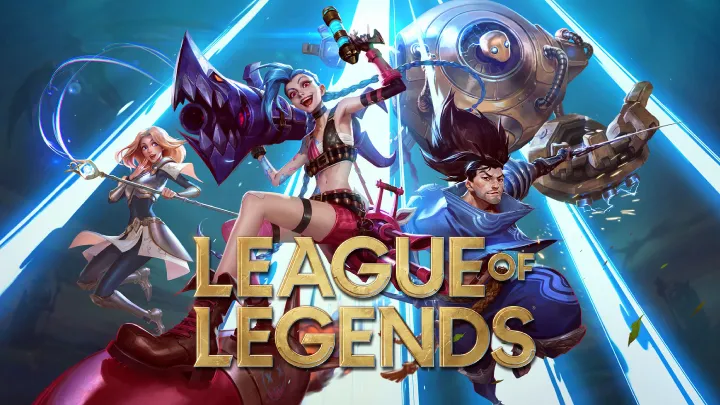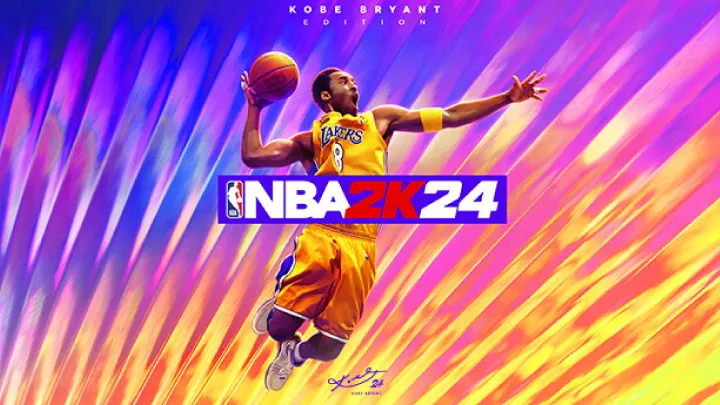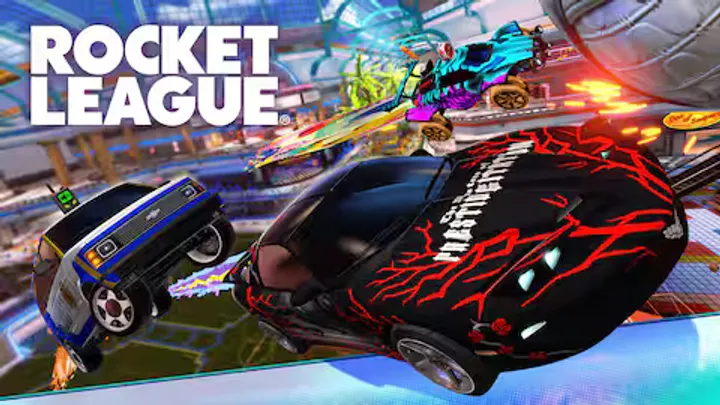Red Dead Redemption 2 – How to Thrive in a Living World Through Smart Choices and Immersion
Red Dead Redemption 2 is not just an open-world game; it is a carefully constructed simulation of life on the frontier. Success in RDR2 is not measured only by missions completed, but by how well you understand its systems: survival, exploration, economy, relationships, and personal honor. Players who slow down and engage with these systems discover a richer, more rewarding experience. This blog explores how to truly play Red Dead Redemption 2—by mastering its mechanics, adapting to its pace, and making thoughtful decisions in a world that constantly reacts to you. Understanding the Game’s Pace and Philosophy Unlike fast-paced action games, Red Dead Redemption 2 encourages patience. The game’s design rewards players who take time to observe, plan, and immerse themselves in the environment. Movement, interactions, and travel are intentionally slower to reflect realism. This pace allows players to notice details such as wildlife behavior, changing weather, NPC routines, and environmental storytelling. Embracing this rhythm is the first step toward enjoying the game fully. Managing Core Stats: Health, Stamina, and Dead Eye Your character’s effectiveness depends heavily on managing core stats. Key Tips Eat regularly to keep cores full Rest to restore stamina efficiency Use Dead Eye strategically, not constantly Core management affects combat readiness, exploration endurance, and overall survival. Ignoring these systems makes even simple tasks harder over time. Horse Care and Bonding Your horse is more than transportation—it is your closest companion. Why Horse Bonding Matters Improved handling and speed Better stamina recovery Increased trust in dangerous situations Feeding, grooming, and riding calmly all increase bonding. A well-bonded horse responds better in tense moments and helps you escape difficult situations smoothly. Exploration as a Source of Progress Exploration in Red Dead Redemption 2 is deeply rewarding. What Exploration Provides Hidden side missions Unique weapons and items Rare wildlife Environmental stories Instead of rushing between missions, explore off-road paths, cabins, and small towns. Many of the game’s most memorable moments are not marked on the map. Hunting and Crafting Systems Hunting is a core activity that supports progression. Effective Hunting Tips Study animals before hunting Use appropriate weapons to preserve quality Track animals patiently Perfect pelts allow you to craft improved gear, satchels, and clothing. Crafting upgrades improve inventory capacity and survival efficiency. The Economy: Earning and Spending Wisely Money is valuable but not unlimited. Smart Financial Habits Loot selectively Complete side activities Avoid unnecessary purchases early Invest in upgrades that improve long-term efficiency, such as satchels and camp improvements, rather than cosmetic items at the start. Camp Life and Relationships The camp is the emotional core of the game. Why Camp Matters Provides story context Unlocks character interactions Offers upgrades that benefit gameplay Contributing to camp supplies improves morale and unlocks useful features. Talking to companions also deepens your understanding of the story and characters. Honor System and Player Choice Your actions shape how the world responds to you. Effects of Honor NPC reactions change Story outcomes vary Rewards and dialogue differ Playing honorably or dishonorably creates different experiences. There is no “wrong” path—only consequences that reflect your choices. Combat Strategy: Control Over Chaos Combat in RDR2 rewards positioning and awareness rather than speed alone. Combat Tips Use cover intelligently Plan movement before engaging Manage ammunition carefully Patience and positioning often matter more than aggressive action. Side Activities That Enrich the Experience Beyond the main story, RDR2 offers countless optional activities. Examples Fishing Gambling games Challenges Stranger encounters These activities provide rewards, relaxation, and deeper immersion in the world. Conclusion Red Dead Redemption 2 is a game that shines when players engage with its systems thoughtfully. By managing resources, caring for your horse, exploring the world, and making meaningful choices, you experience the frontier as it was designed—alive, reactive, and deeply immersive. Success in RDR2 is not about rushing to the end, but about living in the world it presents. Take your time, observe carefully, and let the journey define the experience.
December 16, 2025
Read more

